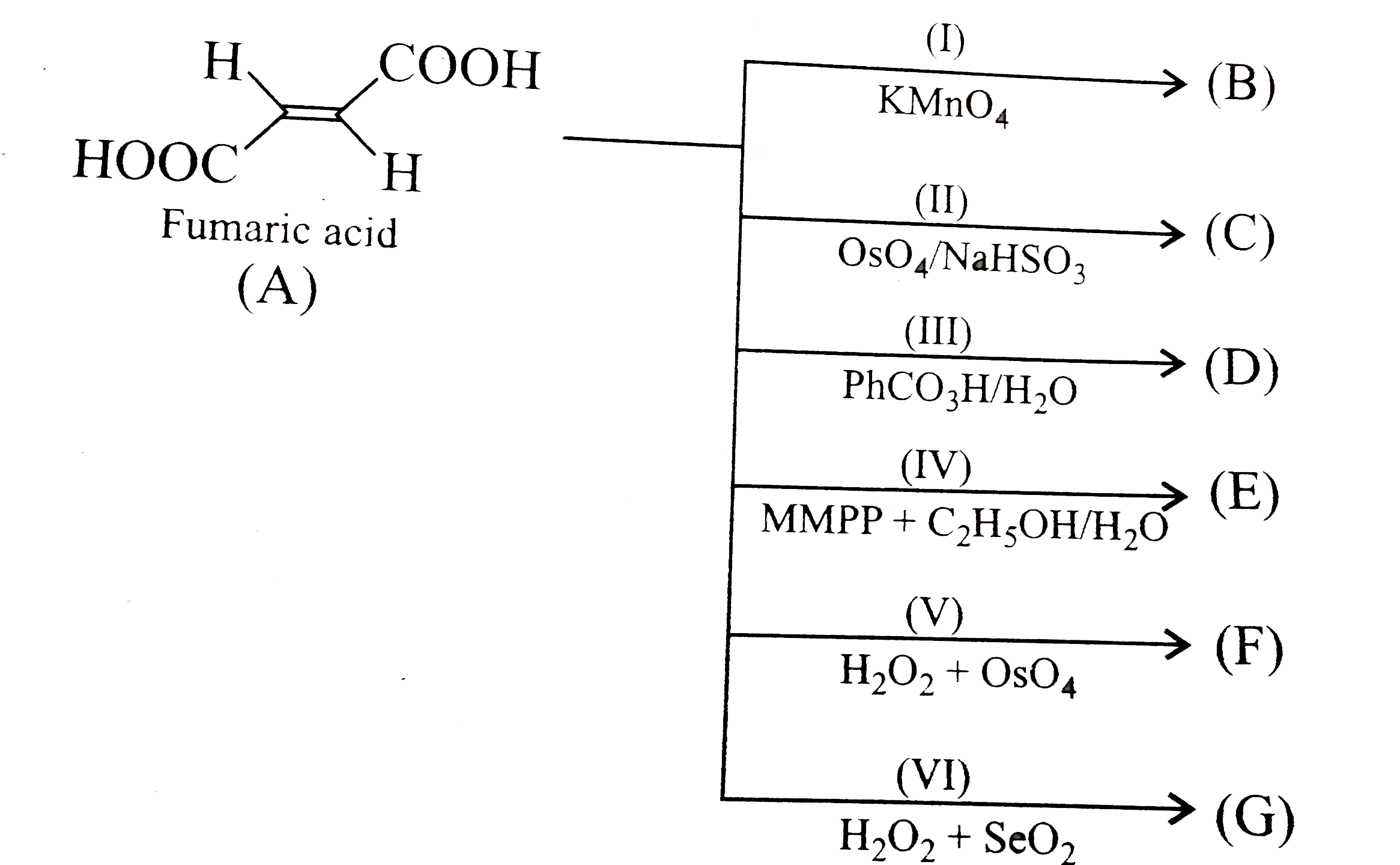In CAM pathway the first dicarboxylic acid is formed as resultant of
Night CO2 fixation
Decarboxylation of malic acid
Second CO2 fixation
Phosphorylation of pyruvic acid
The correct Answer is:A
Step-by-Step Solution:
1. Understanding the CAM Pathway:
- The Crassulacean Acid Metabolism (CAM) pathway is a photosynthetic process used by certain plants to fix carbon dioxide (CO2) at night to minimize water loss during the day.
2. Identifying the First Dicarboxylic Acid:
- In the CAM pathway, the first dicarboxylic acid formed is a result of the initial fixation of CO2.
3. CO2 Fixation at Night:
- During the night, CO2 is fixed into a 3-carbon molecule called phosphoenolpyruvate (PEP). This reaction is catalyzed by the enzyme PEP carboxylase.
4. Formation of Oxaloacetic Acid (OAA):
- The CO2 combines with PEP to form oxaloacetic acid (OAA), which is a 4-carbon dicarboxylic acid.
5. Conclusion:
- Therefore, the first dicarboxylic acid formed in the CAM pathway is oxaloacetic acid (OAA), resulting from the nighttime fixation of CO2.
Final Answer:
The first dicarboxylic acid formed in the CAM pathway is oxaloacetic acid (OAA) as a result of nighttime CO2 fixation.
---
- The Crassulacean Acid Metabolism (CAM) pathway is a photosynthetic process used by certain plants to fix carbon dioxide (CO2) at night to minimize water loss during the day.
- In the CAM pathway, the first dicarboxylic acid formed is a result of the initial fixation of CO2.
- During the night, CO2 is fixed into a 3-carbon molecule called phosphoenolpyruvate (PEP). This reaction is catalyzed by the enzyme PEP carboxylase.
- The CO2 combines with PEP to form oxaloacetic acid (OAA), which is a 4-carbon dicarboxylic acid.
- Therefore, the first dicarboxylic acid formed in the CAM pathway is oxaloacetic acid (OAA), resulting from the nighttime fixation of CO2.
The first dicarboxylic acid formed in the CAM pathway is oxaloacetic acid (OAA) as a result of nighttime CO2 fixation.
Topper's Solved these Questions
- BOOK - AAKASH SERIESCHAPTER - PHOTOSYNTHESIS IN HIGHER PLANTS EXERCISE - Exercise - II33videos
PHOTOSYNTHESIS IN HIGHER PLANTS
- BOOK - AAKASH SERIESCHAPTER - PHOTOSYNTHESIS IN HIGHER PLANTS EXERCISE - Exercise - III27videos
PHOTOSYNTHESIS IN HIGHER PLANTS
- BOOK - AAKASH SERIESCHAPTER - ORGANISMS AND POPULATIONSEXERCISE - EXERCISE-III (PREVIOUS AIPMT/NEET QUESTIONS)35videos
ORGANISMS AND POPULATIONS
- BOOK - AAKASH SERIESCHAPTER - PLANT GROWTH AND DEVELOPMENT EXERCISE - EXERCISE -III (PREVIOUS AIPMT/NEET QUESTIONS)27videos
PLANT GROWTH AND DEVELOPMENT
Similar Questions
Knowledge Check
- Question 1 - Select One
Assertion : During aerobic respiration, pyruvic acid formed as a result of glycolysis, undergoes phosphorylation reaction to form acetyl CoA.
Reason : There is net gain of 18 ATP molecules during aerobic respiration of one molecule of glucose.AIf both assertion and reason are true and reason is the correct explanation of assertionBIf both assertion and reason are true but reason is not the correct explanation of assertionCIf assertion is true but reason is falseDIf both assertion and reason are false
Pyruvic acid is formed during
View SolutionCAM pathway is observed in
View Solution
(±) -Tartaric acid is formed in :View SolutionBenzoic acid not form in :
View SolutionDicarboxylic acid cycle is also known as
View SolutionDicarboxylic acids pathway is seen in
View SolutionIn the Hatch and slack pathway, malic acid is formed in
View Solution

